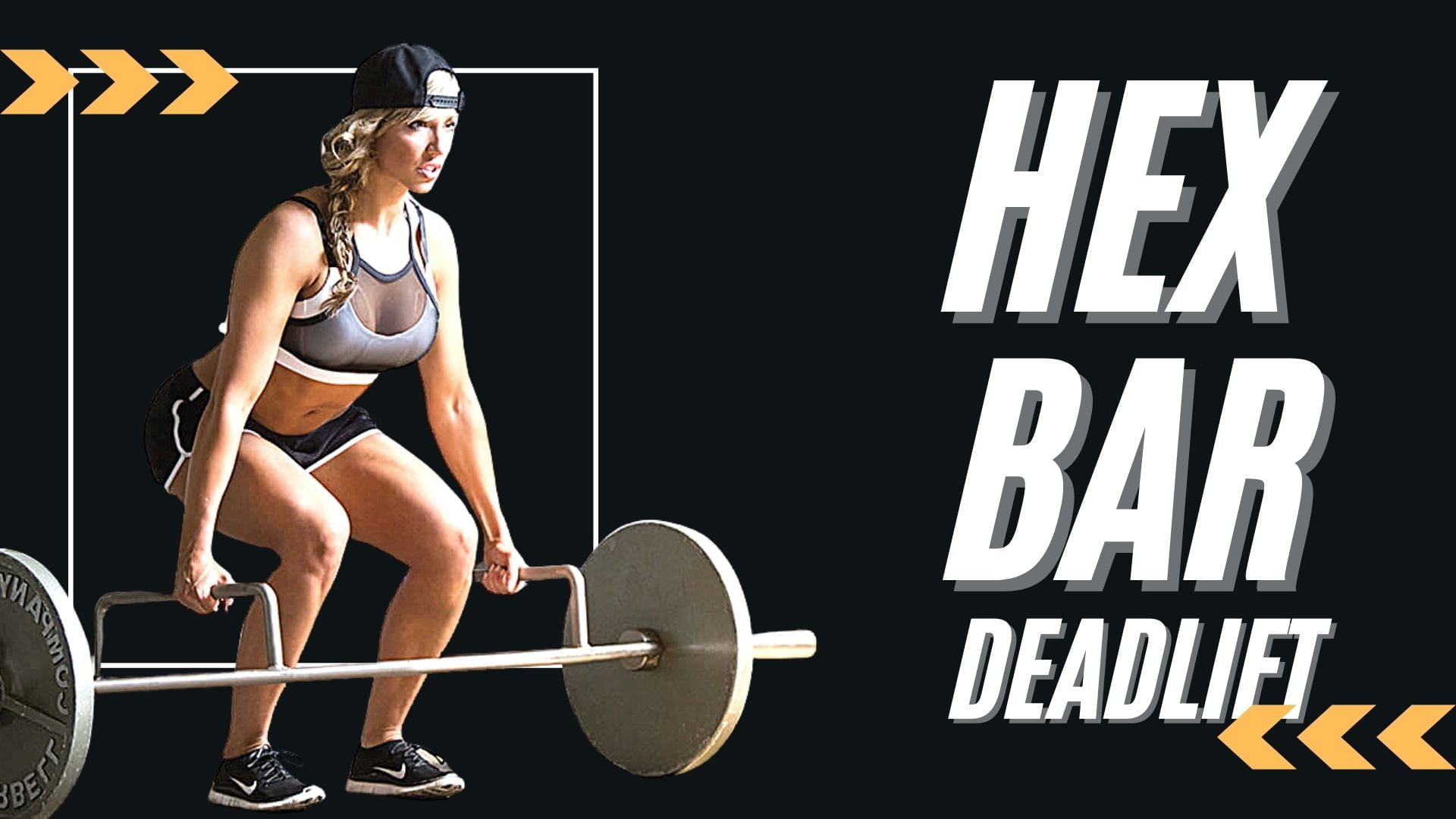
Hex Bar Deadlift: The Ultimate Guide to Strong Legs and Back
The hex bar deadlift is an exercise that can be used to build strength and endurance for both professional athletes and novice lifters.
What Is The Hex Bar Deadlift?
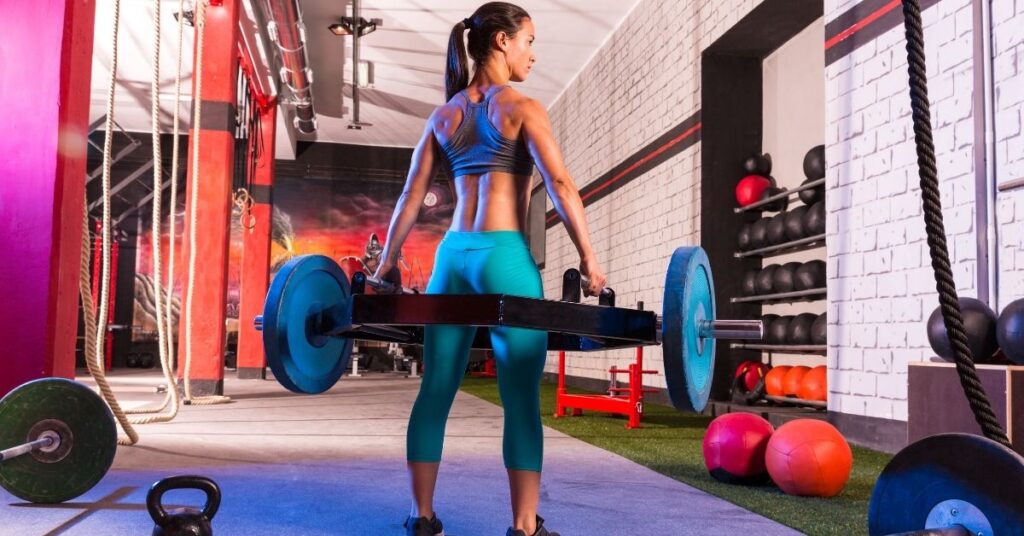
The trap bar deadlift is also called the hex bar deadlift.
This deadlift variant uses a special barbell that looks like a hexagon.
It allows the lifter to enter the barbell and raise the weight around it.
Hex bars have two handles: one set at the standard height and one slightly higher set to make it easier for beginners.
How To Do A Hex Bar Deadlift: Step By Step Instructions
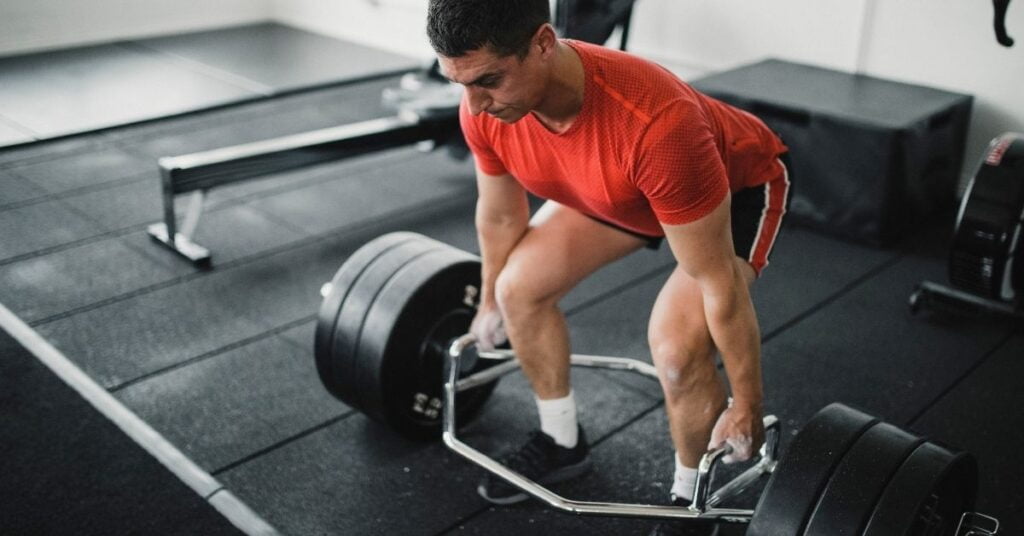
- Start with 2-3 sets of 3-8 repetitions for the hex bar deadlift.
- You should choose a weight that will allow you to maintain good technique through all sets and repetitions.
- Start by standing straight in front of the hex bar.
- Standing straight up, with your feet hip-width apart, your legs extended should be high.
- Your shoulders should rest directly above your hips, with your head and neck neutral.
- Your chin should be tucked during the movement.
- It is as though you are holding an egg under each chin.
- Your feet should have equal weight.
- To create a stable foot position, grip the floor with both your feet.
- With your elbows slightly bent, your arms should be long and at your sides.
- Before you lower towards the handles of the hex bars, pre-tension your shoulders and hips.
- To lower your body towards the hex bar, hinge your hips.
- Grab the handles of the hex bars and engage your back muscles.
- Rotate your arms so that your inner elbow faces forward.
- Your hips should be lifted up so that you can feel the stretch in your back.
- Your hips should be higher than your knees, and your shoulders should be higher than your hips.
- Your shins must be straight.
- This position should be used as a starting point for all repetitions.
- Maintain a neutral spine and push your feet into the floor while pushing the hex bar centered.
- Once you stand, tighten your glutes.
- Allow your hips to move forward.
- As if your pelvis were a bucket full of water, you try to keep the water from escaping the sides, front, and back.
- Keep your hips moving forward, and your arms extended.
- Then, finish the movement by pressing your glutes together while keeping your spine neutral.
- Your shoulders should cross over your hips at the end of each repetition.
- Start the downward movement.
- Keep the hex bar centered as you lower down to the starting position.
- Maintain a neutral spine.
- To lower the hex bar back towards the floor, you will need to incline your hips and allow your knees to bend.
- The repetition ends when the weight plates are on the floor.
If there are no weight plates on your hex bar, lower it until your hands reach your mid-shin.
Hex Bar Deadlift Perfect Form
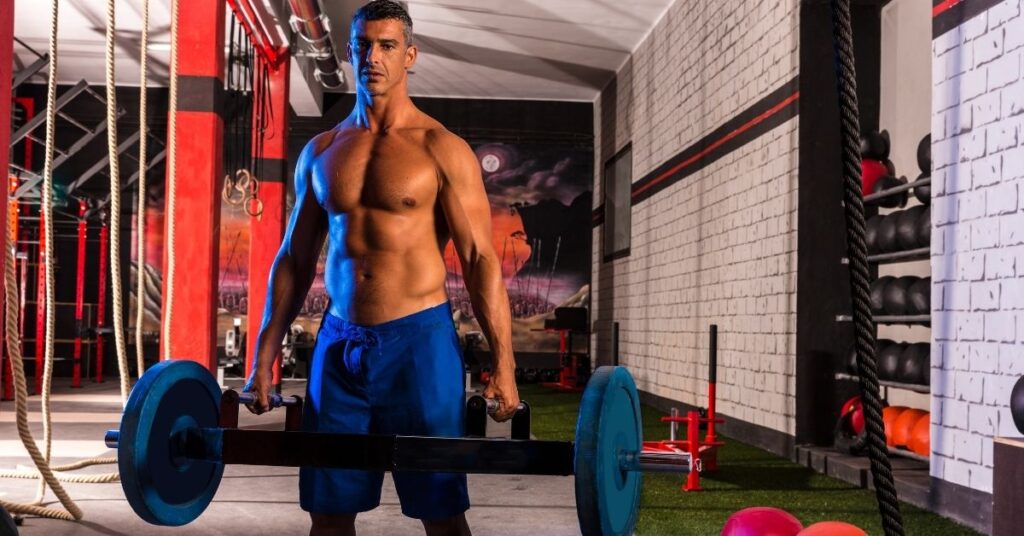
Proper form is essential when performing a compound movement like the deadlift.
There is more risk of injury when lifting heavyweights.
The following are key points to remember when performing the deadlift with a hex bar:
- Lower your shoulders and look back
- Neutral spine
- Weight over midfoot
- Hips, knees, ankles, and hips are aligned
What Muscles Work With Hex Bar Deadlift

Deadlifts focus on your quads, glutes, and calves.
You should also pay attention to your hip and back extensors, core muscles, and lats.
Quadriceps
You must break your knee to do a barbell deadlift.
The primary power source of this exercise is your quads.
The bar height and the floor remove most of the first part.
Hex bar deadlifts work the quads, but not to the same extent.
You can alter your stance to keep them working hard.
You can either flip the hex bar over to not have to use the handles or perform deficit deadlifts on a raised platform.
Glutes
Deadlifts and hip hinge movements focus on the posterior chain, where the glutes play a key role.
Hip thrusts actually provided greater gluteus maximus activation in one study.
To maximize glute development in a hex bar deadlift, place the bar on a platform or power rack that is about knee-high.
You can lift the bar the same way as in the second part of a deadlift, but you should tilt your pelvis forward to lockout.
This will increase glute activation.
Hamstrings
Your hamstrings will be activated on the descending portion of a deadlift with a hex bar.
Slowly work your hamstrings by slowing down the downward motion of the second half of your hex bar deadlift.
A strategic isometric pause can be added on the way down.
Because you must lower your deadlifts on uneven ground a bit more, deficit deadlifts can be great for your hamstrings.
If you need to go low, make sure that you don’t break your shoulders or around your back.
Erector Spinae
As you lift the weight off the ground, the muscles controlling your hip movement come into play.
The gluteus maximus (part of your hamstrings) and the biceps femoris (part of the hamstrings) have been mentioned.
Now let’s discuss the remaining one, the erector spinal.
Your erector spine is the spine’s longest, and they help you maintain your posture.
When you lift any weight, they’re busy.
Hex bars place the weight closer to the center of gravity of your body, so your erector’s spine is less likely to get injured while still getting a good workout as the weight rises.
Lats
You will be surprised to know that trap bars are a common piece of equipment.
If you find yourself shrugging your shoulders, your traps are likely working.
These motions are performed during a deadlift with a hex bar.
The traps activate right away, while the shoulder extension activates your lats during the second half.
Benefits Of Hex Bar Deadlift
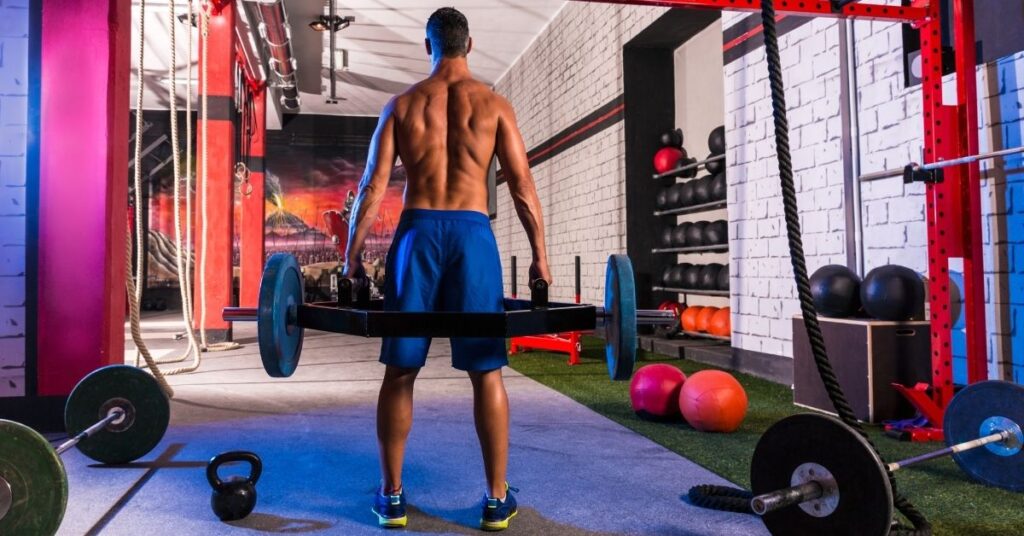
Hex bar deadlifts can be a great exercise for strength and should be incorporated into your week-long workout routine.
These Are Some Reasons Why
- Full Body Exercise: This variation of the traditional deadlift works muscles in your core, back, legs, and arms. You can combine them with other exercises such as pull-ups or bench presses and squats to create a complete routine that will shape your whole body. It’s not a good idea to have sculpted muscles but no power behind them. Hex bar deadlifts work well because your hands are at your sides. This is a common way to hold objects you will likely replicate in real life.
- A more comfortable grip: This neutral grip won’t twist your torso as a mixed grip does, and it’s easier to keep in place than an overhand one.
- Transferable Strength: You can increase strength to do other strength training exercises such as bench presses or squats using hex bar deadlifts. It targets the back muscles and can help you prepare for pull-ups to a certain extent.
- Less back stress: The Hex Bar does what its inventor intended: it works all your deadlift muscles and has a lower chance of causing injury to your back. The hex bar deadlifts put a lot less strain on your lumbar spine (the section at the lower part of your back).
- Leg Day Weightlifting: Many bodybuilders find leg day routines boring. Lunges can be a great way of building lower body strength, but they are not as appealing for those who want to do full-on beast mode. Hex bars allow you to put more weight on the bar and really hit your glutes as well as your hamstrings.
- Allowance for Form Errors: Many beginners begin with hex bar deadlifts, then move on to sumo deadlifts before moving onto the traditional barbell deadlift. Because the first two are easier to forgive. Hex bar deadlifts are easy to learn and allow you to keep lifting, even if there are small mistakes. However, be careful. Because of the risk of injury, you should start off with less weight.
Hex Bar Deadlift Vs. Traditional Deadlift? What’s The Difference?
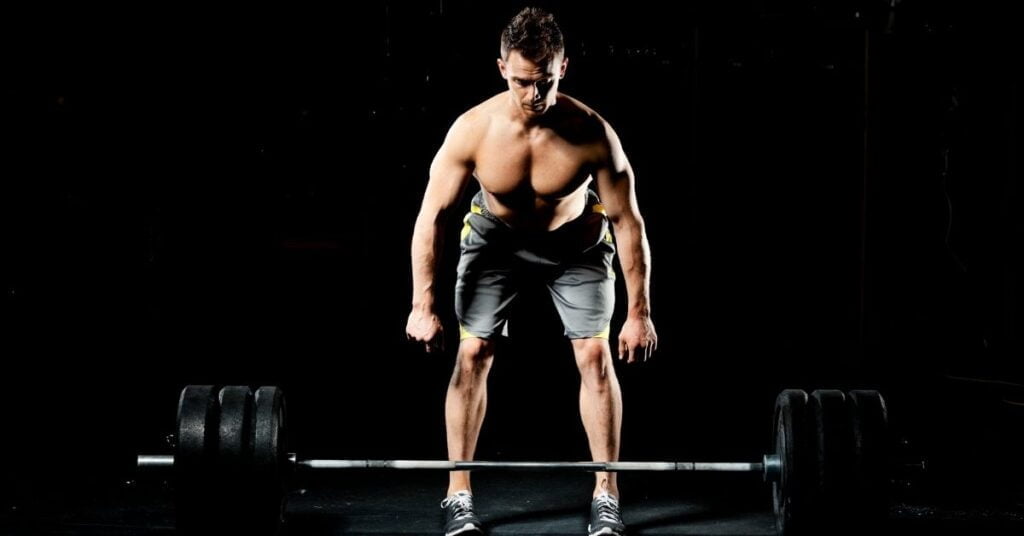
The hex bar deadlift uses many of the same muscle groups that the traditional.
There are some differences.
Center Gravity
Hex bar deadlifts can feel more natural for some lifters because they lower the weight and keep it closer to your center.
If you do your form correctly, hex bar deadlifts are less stressful than conventional deadlifts.
Range Motion
The hex bar deadlift has a greater knee bend than the traditional deadlift.
The hex bar deadlift is similar to a squat because of the knee flexion.
Muscle Activation
While traditional barbell deadlifts place more emphasis on your lower back and back muscles (such as the hamstrings or erector spinal muscle groups), hex bar deadlifts activate your quadriceps.
Programming Hexbar Deadlifts
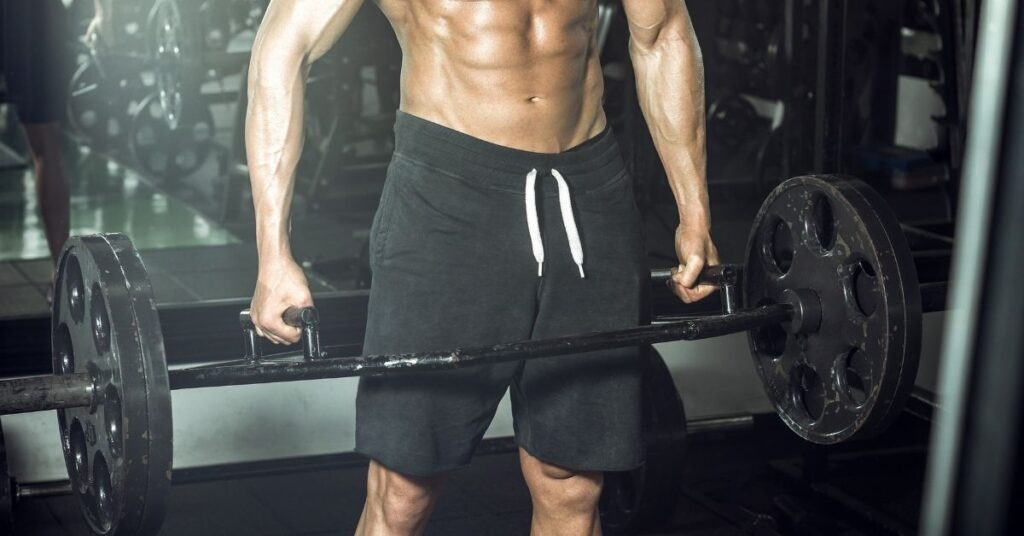
These can be used as part of your back or leg day routine.
You should complete your reps in the middle of your day.
Then, you can move on to isolation exercises to work out specific muscles.
They don’t want to fail in the middle of a deadlift with a hex bar.
Hex Bar Deadlifts To The Win
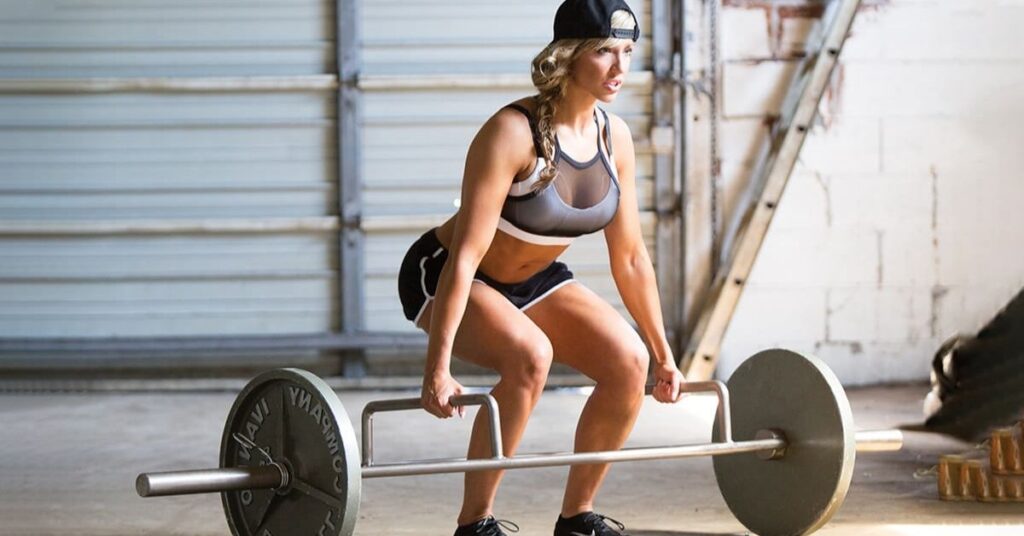
We have made our case for the deadlift with a hex bar.
This is a highly effective exercise that builds functional strength and reduces the risk of injury to the lower back.
Because of the more even weight distribution and easier maintenance, it is much easier to perform reps using a hex bar.
Some lifters think the hex bar deadlift is simplified to traditional deadlifts.
Don’t let these purity tests stop you from including the hip hinge exercise in your workout.
The hex bar version can help you build muscle mass and increase your deadlift maximum.











